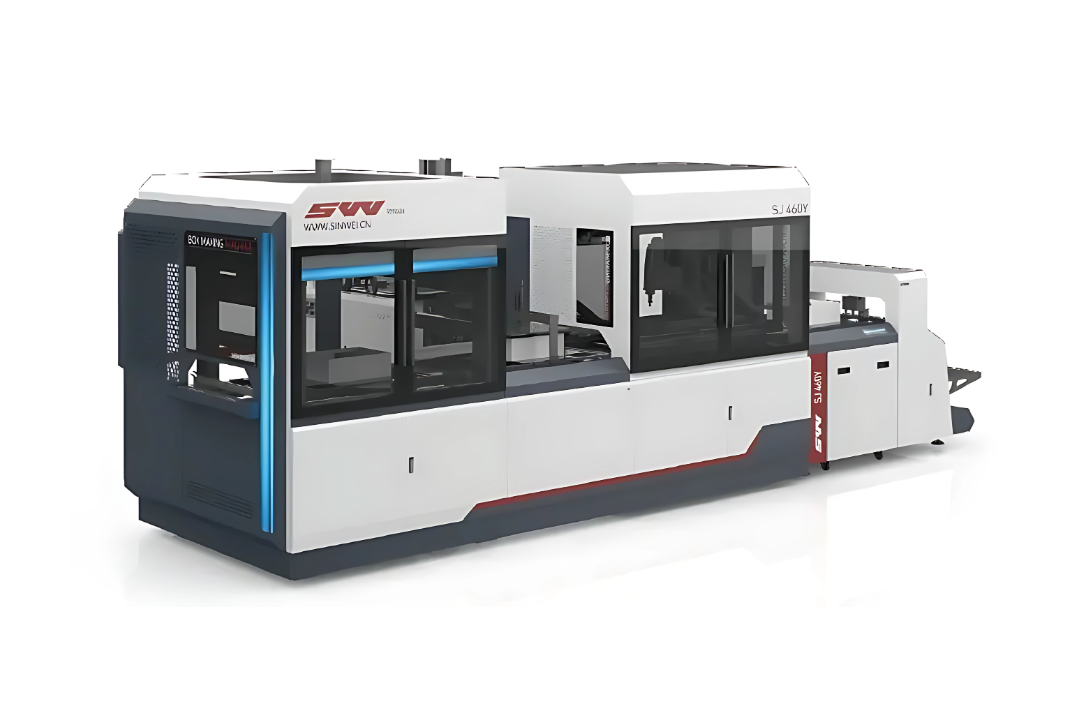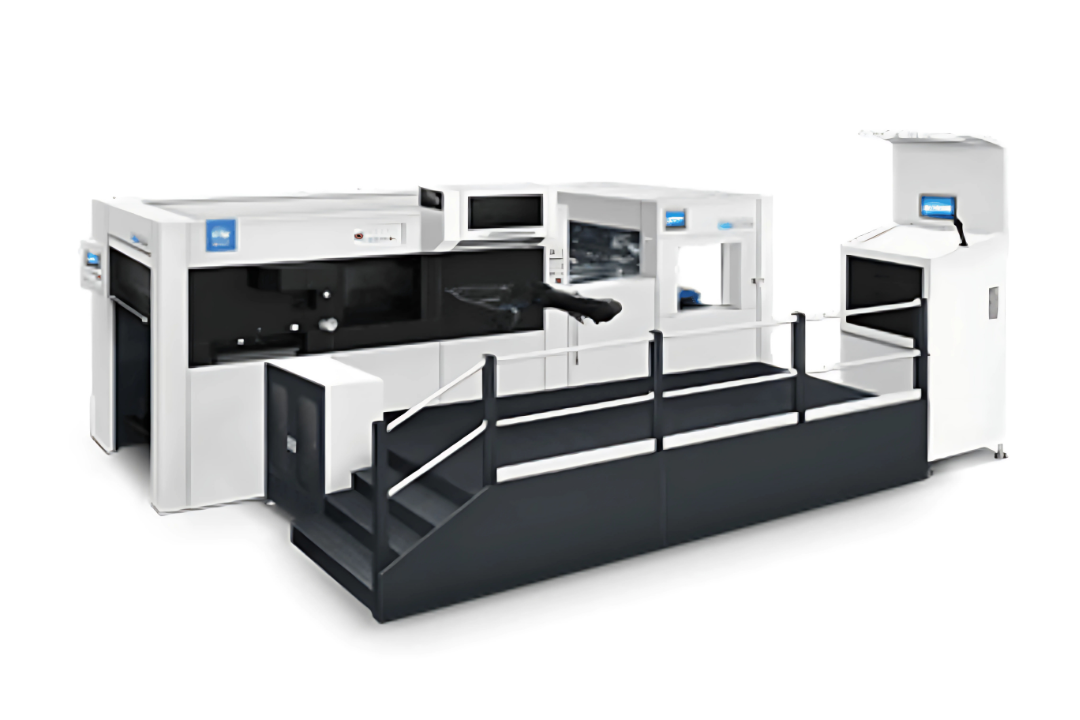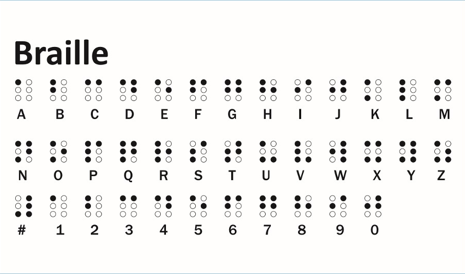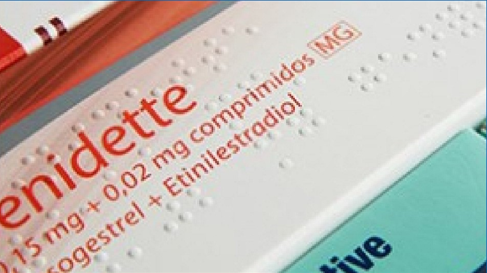Key Features to Look for in Rigid Box Machines
Rigid box manufacturing is becoming a cornerstone of premium packaging across industries—from electronics and luxury goods to confectionery and cosmetics. As businesses prioritize aesthetics, durability, and efficiency in packaging, rigid box machines have gained unprecedented traction. Choosing the right machine is critical, as it directly impacts productivity, product quality, and operational cost. This blog unpacks the essential features every buyer should consider before investing in a rigid box machine. Why Rigid Box Machines Matter in Today’s Packaging Ecosystem Rigid boxes—also known as set-up boxes—are favored for their structural integrity and high-end appeal. Unlike folding cartons, these boxes maintain their shape and do not collapse, which makes them ideal for items requiring added protection and visual impact. The demand for customization, speed, and quality in packaging has made rigid box machines a necessary asset for manufacturers. Investing in the right equipment can significantly boost efficiency, reduce material waste, and ensure consistency in output. But what separates a good machine from a great one? Precision Engineering and Cutting Accuracy The cornerstone of any rigid box machine is its cutting system. High-precision cutting tools ensure that each box component—be it greyboard or wrapping paper—is trimmed to perfection. Poor cutting results in misaligned edges, waste, and product rejection. Machines with servo-controlled systems provide enhanced control over cutting speed and accuracy. Servo motors can adjust to micro-level precision, reducing errors in box dimensions. This level of exactness is especially important in luxury packaging, where every millimeter counts. Robust Automation Capabilities In today’s fast-paced production environments, manual intervention slows things down. Modern rigid box machines are equipped with automation features that streamline the production cycle—from paper feeding and gluing to positioning and forming. Fully automatic machines not only reduce labor costs but also improve consistency. Features like auto-positioning for greyboard and auto-correction for misalignment eliminate bottlenecks and ensure smooth production flow. Automation also enables integration with ERP and MES systems, supporting real-time production tracking, which is invaluable for high-volume operations. Flexible Box Size Configuration No two packaging requirements are the same. Hence, flexibility in box dimensions is a must-have feature. Top-tier machines offer dynamic size adjustment that allows operators to switch between box sizes without lengthy downtimes. Look for machines that support tool-less size changeovers or come with digital input interfaces where dimensions can be configured with ease. This agility is particularly useful for packaging units handling diverse product lines or seasonal collections. High-Speed Operation with Low Rejection Rate Speed is essential, but not at the cost of quality. A reliable rigid box machine should offer high-speed operation—ideally over 20–30 pieces per minute—without compromising on precision. Consistent glue application, precise corner pasting, and firm wrapping are all factors that influence the rejection rate. Advanced machines utilize glue control systems that adjust flow based on paper type and ambient conditions. These systems ensure even distribution, which is critical to aesthetic appeal and structural integrity. Intuitive User Interface and Easy Maintenance User experience plays a significant role in operational efficiency. A machine with an intuitive touch-screen interface allows operators to monitor parameters such as temperature, speed, and alignment in real-time. It also minimizes the learning curve, which is beneficial for workforce scalability. Maintenance features, such as self-cleaning nozzles or auto-lubrication systems, help prolong machine life and reduce downtime. Error diagnostics and alarm systems are also essential as they enable quick resolution and prevent major breakdowns. Material Compatibility and Eco-Friendly Features Sustainability is no longer a buzzword—it’s a business imperative. Many companies are moving toward eco-conscious packaging, which means rigid box machines must handle recycled and biodegradable materials efficiently. Machines that support a variety of substrate thicknesses and types—such as kraft paper, art paper, and recycled greyboard—are ideal. Additionally, low-waste operations, energy-saving motors, and solvent-free glue options can enhance a company’s green credentials. After-Sales Support and Upgrade Potential A rigid box machine is a significant capital investment. Therefore, strong after-sales support, training modules, and spare part availability are crucial factors. Leading manufacturers offer remote troubleshooting and annual maintenance packages to keep the machine running smoothly. Also, the ability to upgrade software and hardware components ensures the machine remains compatible with evolving production demands. Modular designs allow for future scalability, such as adding robotic arms or enhanced quality inspection modules. Quality Certifications and Industry Compliance Certifications from organizations such as CE (Conformité Européenne), ISO, and BIS (Bureau of Indian Standards) ensure that the machine adheres to international safety and quality norms. These standards are not just checkboxes; they guarantee machine reliability, user safety, and manufacturing excellence. Machines with AI-powered inspection tools can also assist with compliance by generating digital quality reports, making audits and client demonstrations easier and more transparent. Conclusion Choosing the right rigid box machine goes beyond price comparison—it involves evaluating long-term value, performance, and adaptability. Businesses that prioritize precision, automation, and sustainability in their equipment selection are more likely to succeed in a competitive packaging landscape. With a combination of the right technical features and strong vendor support, rigid box manufacturers can ensure consistent quality, reduce costs, and meet the ever-evolving demands of premium packaging.








